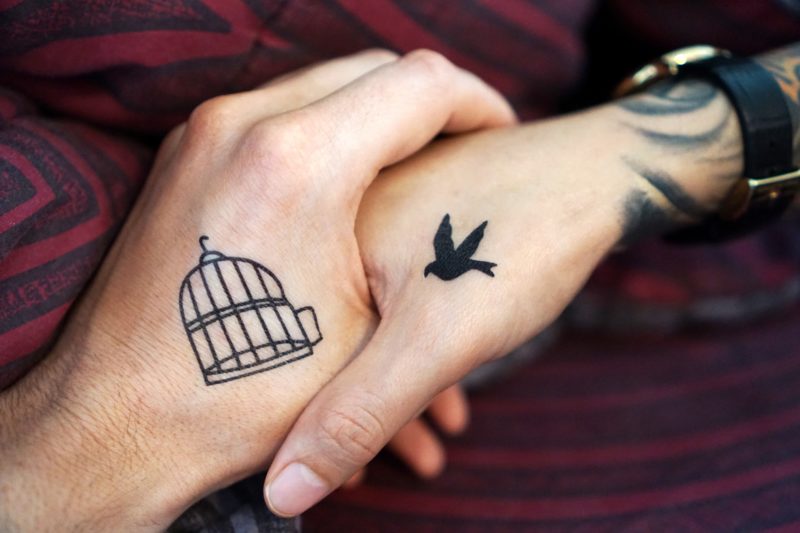By Mak Kean Loong //
When we have a mental health condition, a word that often comes up is “stigma”. But what really is stigma?
THE MEANING OF STIGMA
“Stigma” comes from a Greek word that refers to a tattoo or mark that was burnt or cut into the skin of criminals, traitors, or slaves. These were unremovable, and the person would stand out as someone unacceptable to society, to be shunned and pushed aside. They deserved less than the average person because of who they were, and what they had done.
Social stigma is similar. While a tattoo is visible to the eye, social stigma is not. Yet it also marks a person as someone less than acceptable. It’s a result of convenient labelling, but the end result is the same.
In other words, if you engage in social stigma, you are pushing someone into a similar category of “other”, along the lines of criminals, traitors, and slaves. People who should not see the light of day. People who have caused their “lower” place in life. People who don’t deserve better.
People who aren’t people in the full sense of the word.
EXTERNAL STIGMA
External stigma is stigma that comes from others’ treatment or behaviour towards a person. In the context of mental health conditions, it refers to the negative reactions from others. It could be explicit verbal rejection – words that hate and hurt and burn a person from the inside. It can be subtle or insidious – reactions such as keeping a distance between the sufferer and oneself.
It can happen in daily life. It could result from the mindset that depression is a matter of choice, that the sufferer just doesn’t know how to think straight, or that the sufferer doesn’t know how to deal with grief or difficulties in their life.
It conveniently puts the sufferer into a basket of “less than”, and you need only to deal with that particular basket with fixed platitudes or ideas.
Such as not employing someone with a mental health condition. Or thinking that they can just “snap out of it”.
The stigmatised person becomes less than a person.
SELF STIGMA
Depression sufferers. Alcoholics. Drug addicts. Substance abusers. Ex prison inmates. What do we all have in common?
We brand ourselves before others do. We have internal tattoos or marks that haunt us in our sleep, in our waking moments. We fear that others see the marks, and that they will reject us. So we reject ourselves first, and call ourselves bad.
We label ourselves because others do.
We don’t seek help. What’s the point? We’ll be labelled anyway, thrown aside and shunted away. Ignored. Packed into convenient categories to be treated the same way, regardless of our unique circumstances.
We’re bad, we’re not persons, we’re not worthy of anything. A mistake marks us for life. A condition we’re helplessly bound to defines our future. Or the lack of it.
REMOVING THE TATTOOS
How can stigma be removed? How can you help us to remove the bonds of the hidden tattoos?
Accept us. Listen to us. Start thinking of us as people first, people with hurts, people who love, people who want to be loved, people who are the same as everyone else.
Stop looking at us as problems to be solved, issues to be resolved.
We’re unwell, or we’re different.
We’re still people.
Mak is a Tapestry writer who is unafraid to speak up against mental health stigma. He believes that our stories can make a difference in touching lives and changing people’s attitudes. His other stories can be found here.

